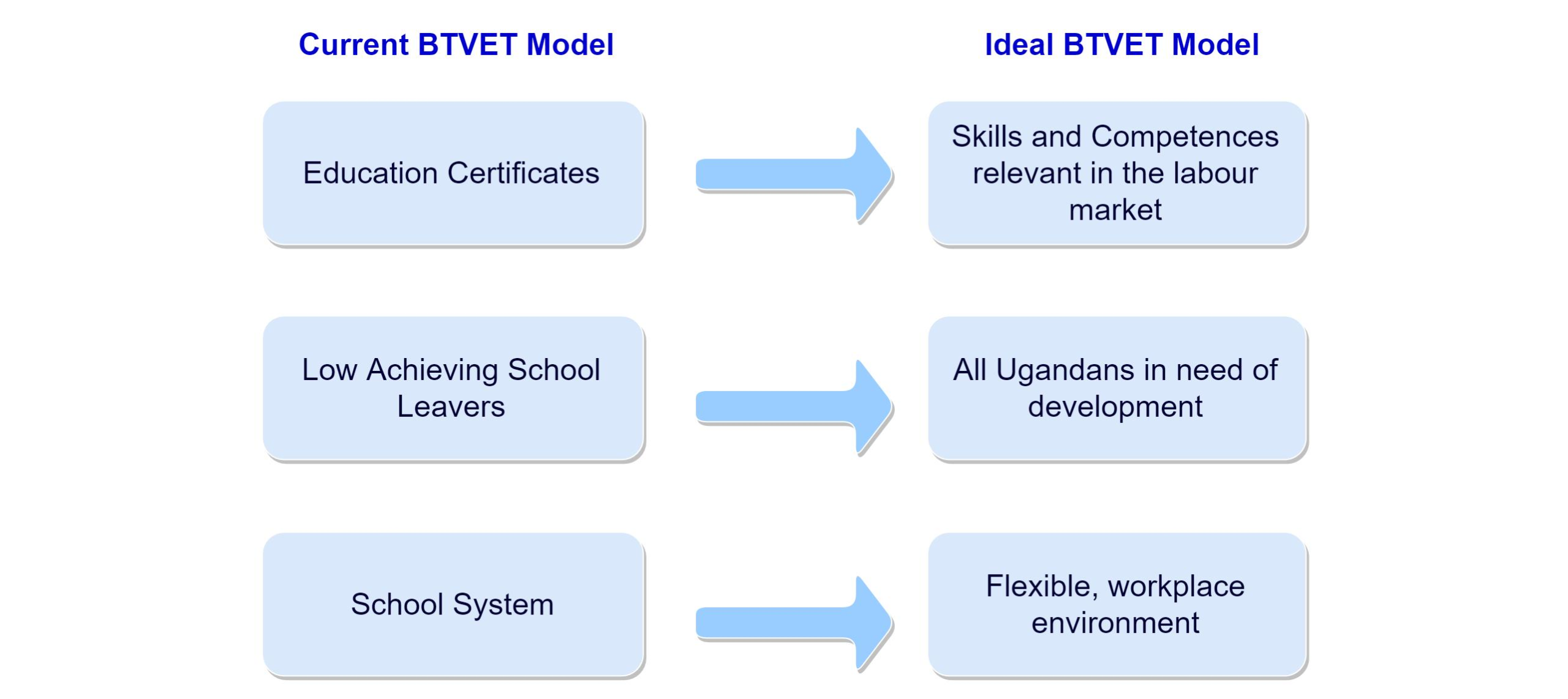Background
Uganda’s education system has long been a subject of great debate. Despite continued focus on this sector, both private and public school systems are still very flawed when it comes to content delivery.
“….both private and public school systems are still very flawed when it comes to content delivery.”
Most public schools lack basic infrastructure, and a great percentage of  primary school teachers lack literacy and numeracy skills. Private schools on the other hand are increasingly becoming commercialised. The model for most private schools is to do as well as possible in national exams, in order to be listed among the top performing schools, and in so doing attract more students. This has resulted into a school system characterised by the teaching and completion of the curriculum as fast as possible so that the remaining time can be spent going through as many past exam questions as possible. Consequently, education has become more about passing exams rather than learning.

This model is very much flawed because of two core issues:
- Â Lack of practicability: Training students to merely cram content does not prepare them for the very skill based and practical world beyond a classroom environment.
- Merely copying down notes does not encourage learning and understanding of the content being taught. Indeed, 46% of dropouts said they did so because of lack of interest.
The above identified problems, among other issues, have contributed to a reduction in primary and secondary school enrolment. According to the most recent education sector report  published by the Ministry of Education and Sports, secondary school enrolment reduced by 8% whilst that of primary schools reduced by 6%. Enrolment in primary schools by region is shown by the chart below:
Reforming the Education Sector
In an attempt to encourage more learning and shift away from the current exam focussed model, there are emerging reforms that are slowing increasing pupil and student engagement and changing the way content is delivered. These are discussed in the following sub sections.
Technological Solutions
Blended learning is a learning system that combines face-to-face instruction with computer mediated instruction.There were some attempts to make learning more interactive when, according to a 2014Â Auditor General report, Uganda Broadcasting Corporation (UBC) procured 10 licensed education films from Hong Kong at a sum of UGX 50.8 Million then equivalent to USD 20,000. However, to date, the films were never broadcast because the content was in Chinese, a foreign and predominantly unknown language in Uganda.
Despite the previously mentioned setback, the private sector is increasingly playing a positive role in the blended learning space. Â Some of the most prominent blended learning solutions in the market include:Â Cyber School Technologies, Yaaka Digital Network, TODidea (EduTab), Digital Drum, Project Fundi, My Lib, and UNICEF illustrated book campaigns.
 “The private sector is increasingly playing a big role in the blended learning space.”
In order to ascertain the effectiveness and ability of such solutions to improve the learning process, our team talked to experts and examined the platforms. We reviewed different blended learning solutions using variables such as such as content, delivery platform, management efficiency and price competitiveness. The rankings were done on a scale of 1-5 with one being the lowest and 5 being the highest. The results are presented as below:
Despite the emergence of these solutions, they have not been widely adopted because other fundamental issues like improving classroom infrastructure and sanitation facilities remain at the core of government priorities.Â
Vocational Training
Vocational Training institutions have long been at the forefront of providing practical training skills that are relevant to the Ugandan population. Despite this, a 2011 survey showed  that the courses taught in BTVET institutions still need more practical content and workplace training. Additionally , the same survey showed that the final destination for 49% of BTVET graduates is within the informal sector. This has played a role in deterring those who can afford university education from attending BTVET institutions.
Shortfalls with this system prompted the government to approve a 10-year Strategic Plan (2011-2020) for Business Technical and Vocational Training (BTVET) termed “Skilling Uganda“.Â

Under the skilling Uganda programme, BTVET is expected to emerge from an educational sub sector into a comprehensive system of skills development for employment, enhanced productivity and growth. Analysts at Asigma Capital agree that the BTVET Strategic Plan is a step in the right direction to incorporating local content in education due to the following:
- It addresses the problem of many young Ugandans having academic papers but no core skills.
- It handles the issue of current vocational training institutions primarily being a path for those who cannot afford higher education, making it an attractive path for every citizen.
Despite the positive outlook in a clearly well laid out plan, analysts are skeptical about delivery being achieved by 2020. This is because despite the fact that only  years remain for the realisation of the visions set up in the strategic plan, expected deliverables are hardly visible. A recent review of the programme by Daily Monitor is quoted as saying; “most BTVET institutions are not adequately resourced and facilitated to keep pace”.
Education Curriculum
The current education curriculum has mostly been criticized for being too theoretical and lacking practical and life skills. As a result of these limitations, some initiatives have been put in place to boost the content. Some of these include:
- The Educate! Experience: This initiative makes use of practically trained teachers and youth mentors to deliver training and provide mentorship in leadership, entrepreneurship, and workforce readiness. Through this programme, students are encouraged to start own business at school. The idea is for school to be more or less a mirror image of life after school.
- Stand Tall Training Center: This programme is mainly targeted at children who are disadvantaged and cannot afford even formal education. The programme delivers a combination of traditional academic subjects, life skills, entrepreneurship and vocational training.
Despite these initiatives being fairly new, their emergence is indicative of the fact that there are increasing realisations that just working with the existing curriculum is not enough.
Conclusion
The private sector is increasingly playing a bigger role in introducing high impact tools to enhance the education sector. To that end, there is need for greater synergies between the private and public sectors. Such synergies are particularly important because without government support, it takes time for  a potentially good idea to become mainstream and widely adopted.




